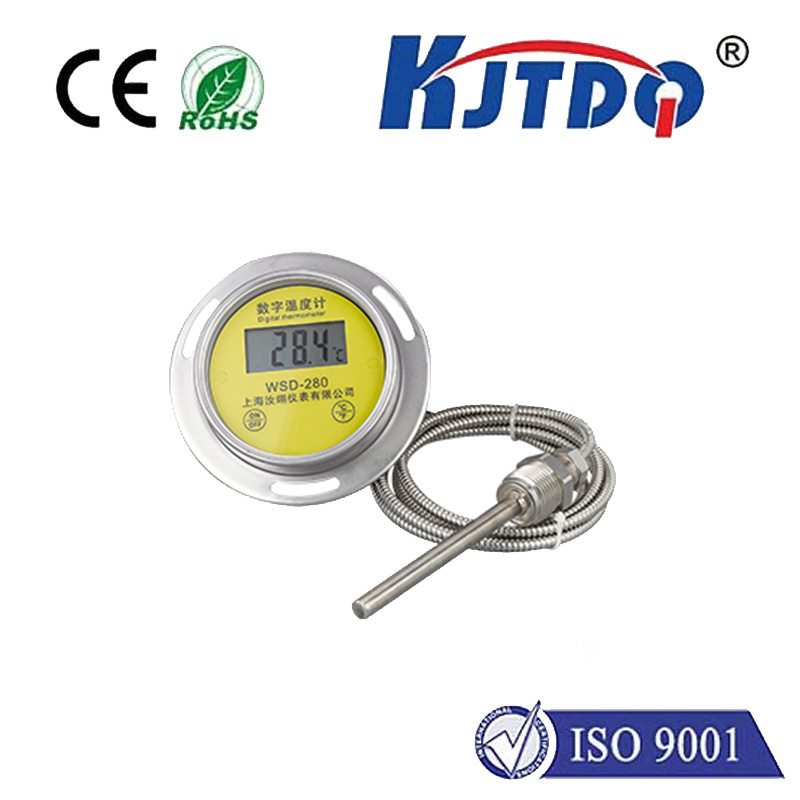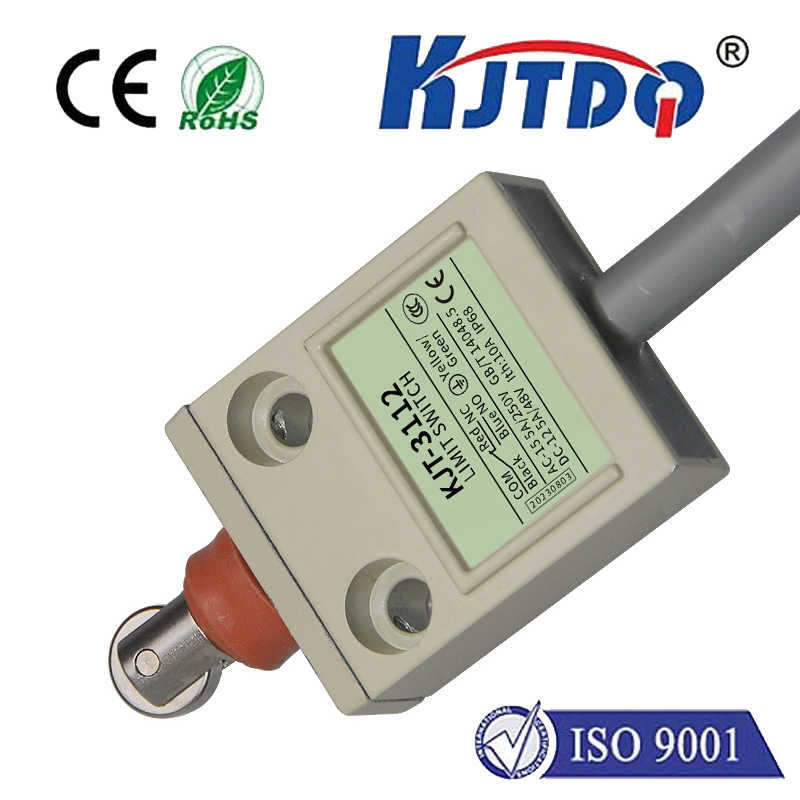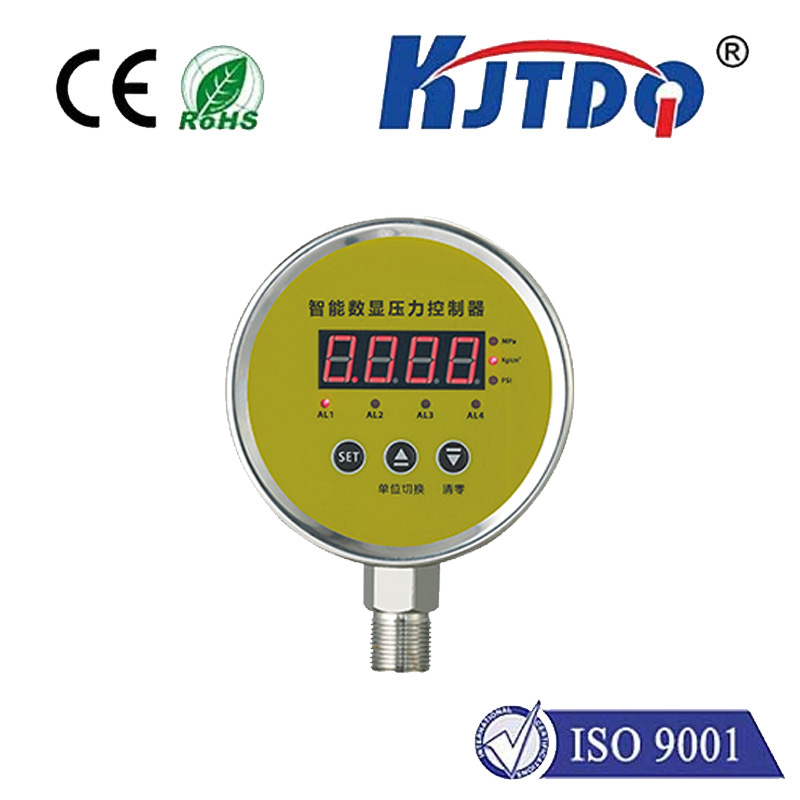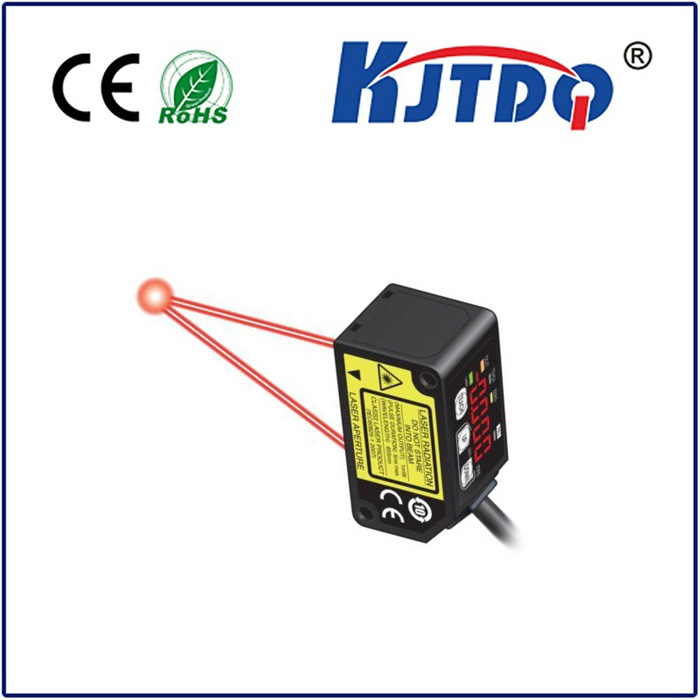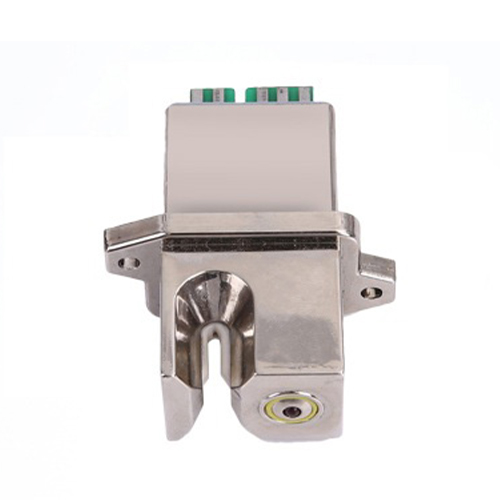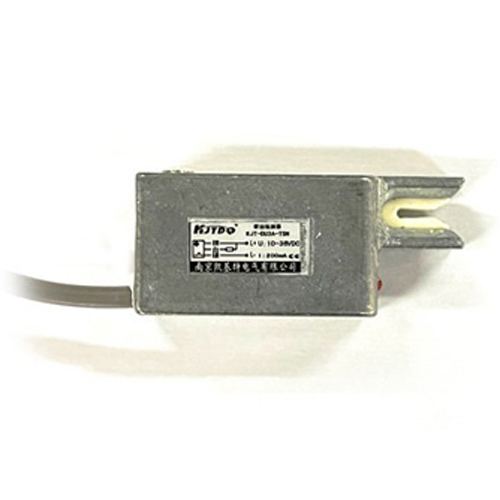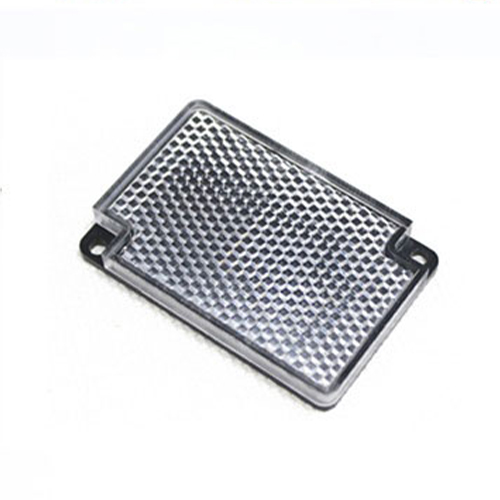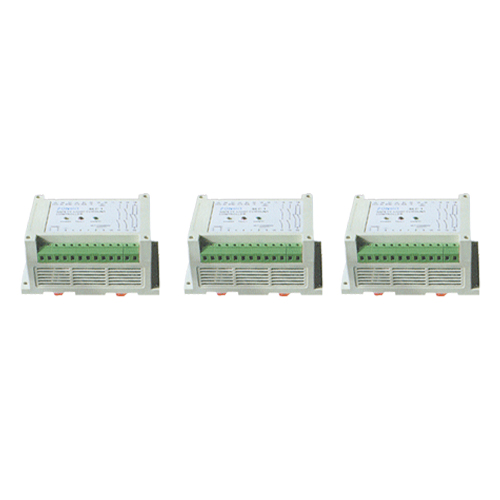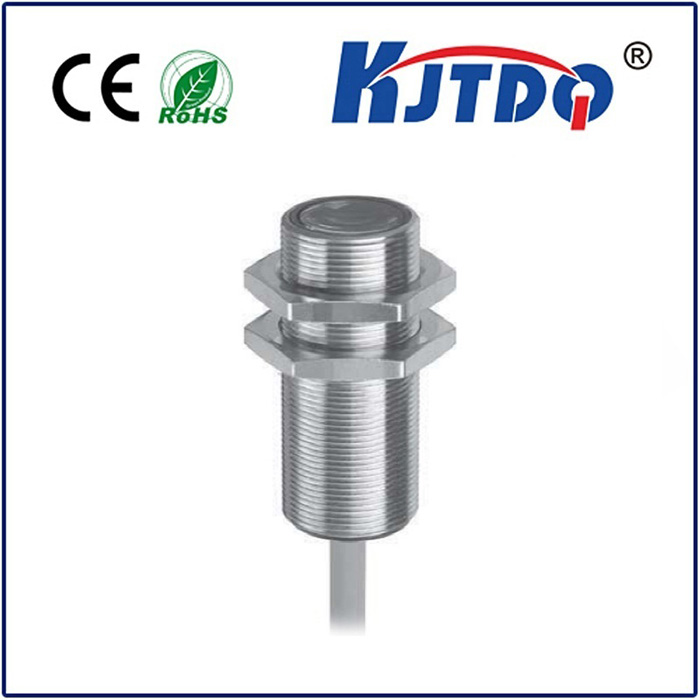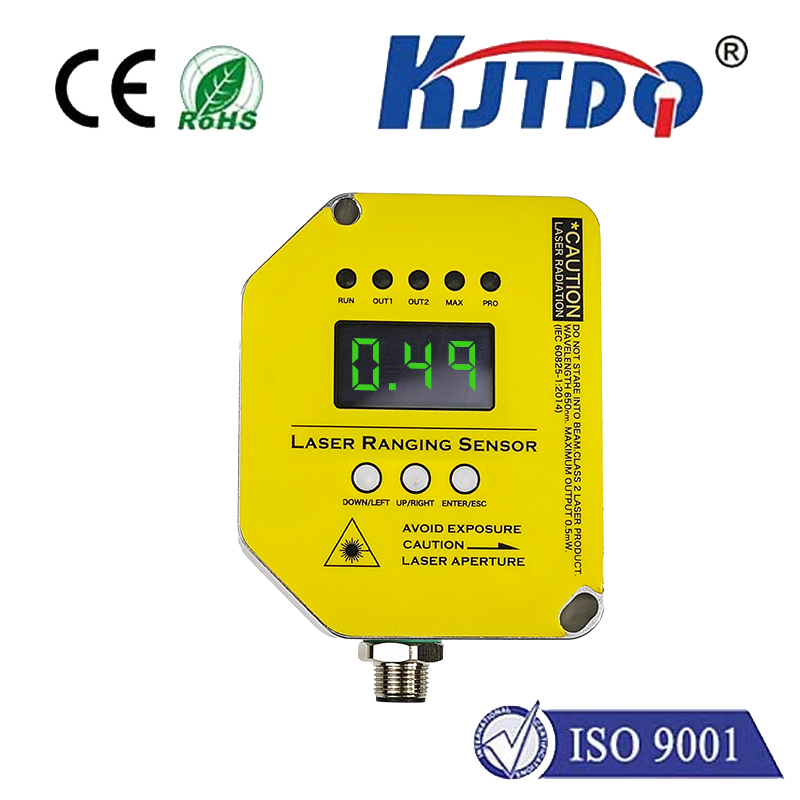BES01PA proximity sensor
- time:2025-10-16 13:02:00
- Click:0
BES 01PA Proximity Sensor: The Silent Guardian of Industrial Efficiency and Precision
Imagine a complex assembly line humming with robotic arms. How do they know exactly when to pick up a component, or precisely when to stop before colliding? Or picture a high-speed packaging machine – what ensures labels are applied flawlessly every single time? The often-overlooked hero in countless industrial automation scenarios is the humble proximity sensor. Among these, the BES 01PA proximity sensor stands out as a benchmark of reliable, non-contact detection, silently enabling precision and safety where it matters most. Understanding its capabilities unlocks significant operational advantages.
Beyond Mechanical Limits: The Power of Non-Contact Sensing
Traditional mechanical switches wear out, require physical pressure, and can falter in harsh conditions. Proximity sensors like the BES 01PA eliminate these limitations. Operating on inductive principles, they detect the presence or absence of metallic objects without any physical contact. This inherent non-contact nature is revolutionary, leading to:
- Zero Wear & Tear: No moving parts to degrade, resulting in dramatically extended operational lifespans.
- Exceptional Reliability: Consistent performance cycle after cycle, crucial for high-throughput automation.
- High-Speed Detection: Capable of sensing objects at incredibly high speeds, far exceeding mechanical switches.
- Reduced Maintenance: Significant cost savings by minimizing downtime and replacement part needs.
Demystifying the BES 01PA: How it Sees the Unseen

At the heart of the BES 01PA proximity sensor lies inductive sensing technology. Here’s a simplified breakdown:
- Generating the Field: The sensor’s internal oscillator generates a high-frequency electromagnetic field emanating from its active face.
- Target Interaction: When a metallic object (the “target,” typically steel, aluminum, brass, copper, etc.) enters this field, eddy currents are induced on the target’s surface.
- Field Dampening: These eddy currents draw energy from the sensor’s oscillating circuit, causing it to become damped or loaded.
- Detection Trigger: The sensor’s circuitry continuously monitors this oscillation amplitude. When the damping exceeds a pre-defined threshold – signifying a target is present within the sensing range – the sensor’s output state switches.
- Output Signal: The BES 01PA typically provides a solid-state output (e.g., PNP normally open or NPN normally closed configurations) compatible with standard Programmable Logic Controllers (PLCs) and industrial control systems.
The BES 01PA Edge: Key Features Defining Performance
Choosing the right proximity sensor hinges on specific application demands. The BES 01PA excels in several key areas:
- Stable Performance: Engineered for consistency, ensuring reliable detection even amidst minor variations in target approach or environmental shifts.
- Temperature Resilience: Capable of operating reliably across a broad industrial temperature range (typically -25°C to +70°C), making it suitable for challenging factory environments.
- Robust Construction: Often housed in durable nickel-plated brass or stainless-steel barrels, offering excellent resistance to vibration, impact, and industrial chemicals.
- Ingress Protection: Frequently rated IP67, meaning it’s dust-tight and protected against temporary immersion. This is vital for washdown areas or dusty manufacturing floors.
- High Repeat Accuracy: Provides precise and repeatable switching points, essential for positioning tasks and quality control.
Where the BES 01PA Shines: Diverse Industrial Applications
The versatility of the BES 01PA proximity sensor makes it a staple across numerous sectors:
- Automotive Manufacturing: Detecting parts on conveyors (cylinder heads, pistons, gears), verifying robotic arm positions, monitoring tool presence in CNC machines, ensuring door closure in assembly.
- Packaging Machinery: Confirming box or bottle presence for filling, label application verification, counting products, controlling conveyor indexing.
- Material Handling: Detecting pallets, monitoring roller position, ensuring safety in automated guided vehicle (AGV) paths.
- Machine Tooling: Tool breakage detection, confirming part clamping/unclamping, monitoring spindle position.
- General Automation: Position feedback for cylinders, detecting end-of-travel positions, presence detection in storage systems, speed monitoring via gear teeth counting.
Selecting and Implementing Your BES 01PA Effectively
To maximize the benefits of the BES 01PA proximity sensor, consider these factors during selection and installation:
- Target Material: Primarily designed for ferrous metals (steel, iron). While it detects non-ferrous metals (aluminum, copper, brass), the effective sensing range (Sn) will be reduced – consult datasheets for specifics.
- Sensing Range (Sn): Choose the sensor with a nominal sensing range suitable for your application. Remember, the actual working distance can be slightly less and is influenced by target size, shape, and material. Always allow an installation safety margin.
- Mounting: Flush mounting (where the sensor face is level with surrounding metal) offers the best mechanical protection but slightly reduces the sensing range compared to non-flush mounting. Ensure sufficient clearance around the sensor head.
- Environmental Factors: While robust, consider extreme temperatures, aggressive chemicals, strong magnetic fields, or welding environments. Specialized variants might be needed.
- Output Configuration: Ensure compatibility with your control system (PLC input type: PNP sourcing vs. NPN sinking).
- Electrical Connections: Choose the appropriate connection type (cable, connector M8, M12) for your wiring setup.
Conclusion: Precision Engineered for the Demands of Modern Industry
The BES 01PA proximity sensor represents a mature and highly reliable solution within the industrial sensor landscape. Its core strengths – exceptional reliability, non-contact operation, robustness, and precision – make it an indispensable component for engineers and technicians building and maintaining efficient, safe, and high-performing automated systems. From ensuring robotic arms move with millimeter accuracy to guaranteeing every packaged product meets quality standards, the BES 01PA operates silently in the background, proving that true technological sophistication often lies in achieving fundamental tasks with unfailing consistency.






